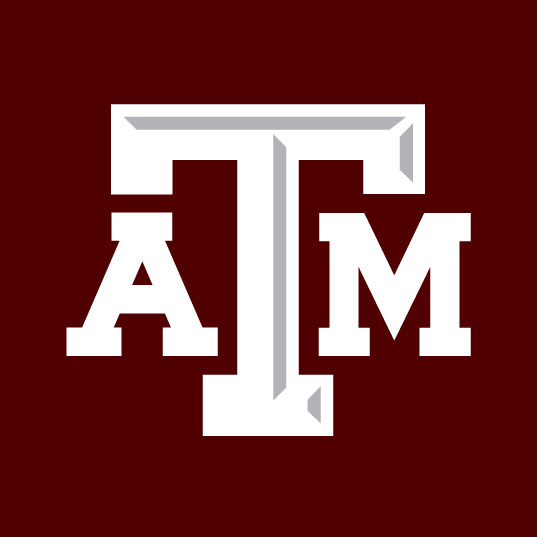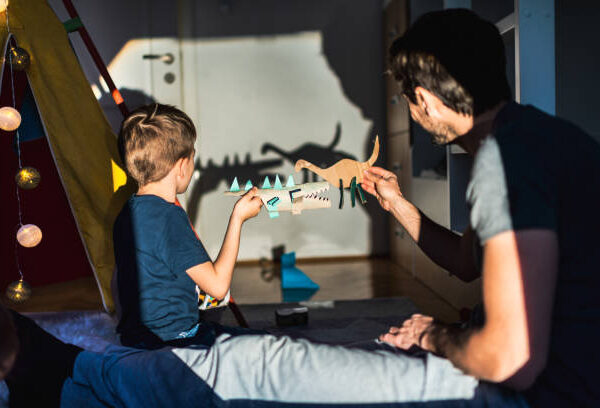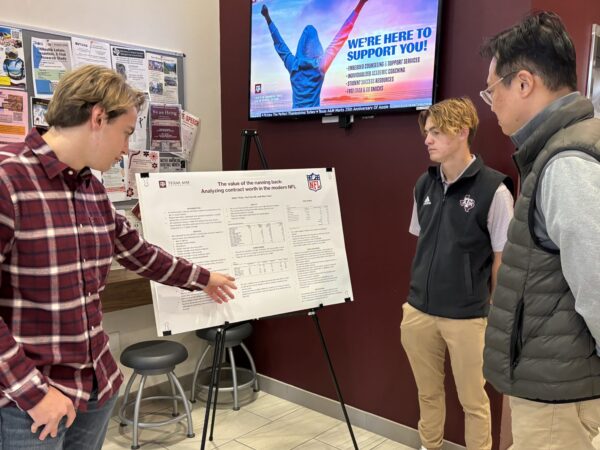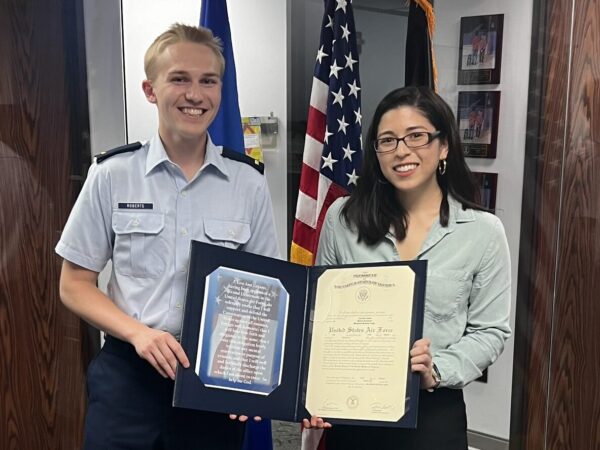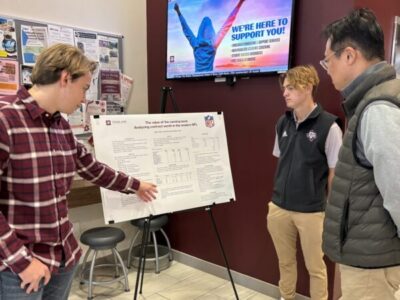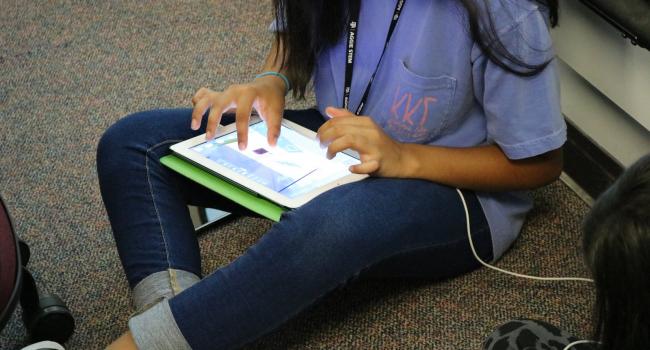
Giving Students Freedom In The Classroom In STEM Learning
Texas schools are attempting to solve problems associated with science, technology, engineering and mathematics (STEM) teaching and learning. That’s where project-based learning (PBL) comes in – by serving as a teaching method that gives students the freedom to find unique ways to solve a problem.
Research by Drs. Robert and Mary Margaret Capraro goes one step further by focusing on STEM. Students engage in critical and creative thinking while working mathematically, scientifically and technologically to solve problems presented to them.
“Teachers have to have an end in mind. They have to know what they want the students to learn at the end. But, it’s an ill-defined task because different groups of students go about it in different ways. Different students within the same group may go about learning different ways. They just need to come up with what they want as the finished product,” explained Dr. Mary Margaret Capraro.
For the Capraros, the goal behind STEM PBL was to change classroom instruction for students and educators in Texas.
“We had an idea that we were going to improve scores in Texas. We wanted to make a difference. We approached a state legislator and made a pitch and got one year of funding,” said Dr. Robert Capraro.
After working with Dallas ISD for a year, research showed measurable gains for the target populations. The success led to a second and third year of funding. After the third year, researchers decided to apply for grants to sustain the program and have done so since.
Funding from the Texas Education Agency helped the Capraros to develop one of seven STEM centers in the state here at Texas A&M University, a partnership between the College of Education and the College of Engineering.
Through Aggie STEM, the Capraros are able to offer online professional development in multiple areas, including STEM PBL.
“We can’t expect teachers to just do this on their own – they don’t have enough planning time. They need the professional development to work together with others to adapt a project for their classrooms,” explained Mary Margaret Capraro.
“We encourage them to work and plan together. If they’re doing a project in one area, say math, then the science teacher can add to it and then engineering teacher can add to it and technology can add to it. Planning is key,” added Dr. Robert Capraro.
STEM PBL IN THE CLASSROOM
The Capraros’ research consisted of science, technology, engineering and mathematics teachers at several high schools in Texas. They participated in professional development and the development of professional learning communities on their campuses.
“We found that the math content that required the most work – issues of geometry, measurement, probability and statistics – tended to have the greatest gains,” explained Dr. Robert Capraro. “As the content got more difficult, using PBL had greater effects on the outcomes than traditional classroom instruction.”
Based on interviews with teachers involved, one of the biggest positive effects of implementing the teaching method was increased student engagement. Teachers reported that the real-world problems made learning more meaningful to the students.
However, teachers also reported challenges. For some, their students did not have the knowledge or skills to complete the PBLs because they were already behind where they should be mathematically.
The Aggie STEM team took feedback from teachers involved in the professional development and has continued to research the benefits of STEM PBL in classrooms in Texas.
Through online professional development opportunities, to a book designed to help teachers provide contextualized learning for their students, the team is hoping to have a positive impact on STEM learning in Texas schools and beyond.
About the Writer
Ashley is the Media Relations Coordinator and responsible for news coverage in the Department of Teaching, Learning and Culture as well as the Department of Educational Psychology.
Articles by AshleyFor media inquiries, contact Ashley Green.

